Owning a home is a significant milestone, but it’s just the beginning of a journey that involves ongoing care and improvement. Whether you’re living in a charming older home or a modern build, there’s always room for enhancement. Making thoughtful updates not only enhances your living experience but also increases the value of your property.
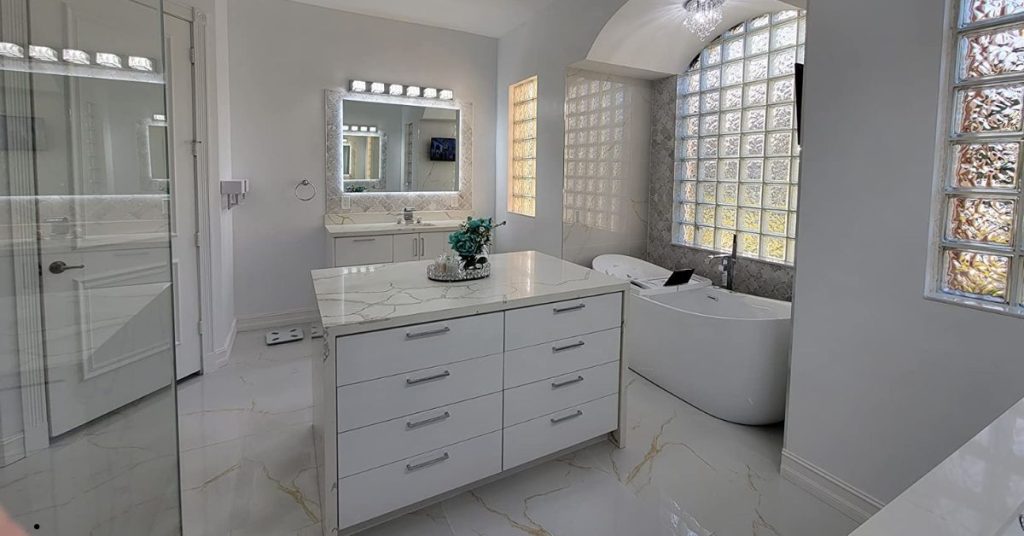
With the right improvements, you can transform your home into a more comfortable, efficient, and stylish sanctuary. In this comprehensive guide, we’ll explore 20 essential updates every homeowner should consider. From energy efficiency and smart technology to aesthetic upgrades and essential maintenance, these changes can make a world of difference.
1. Energy-Efficient Windows
Energy-efficient windows are a game-changer for any home. They help maintain a consistent indoor temperature, reducing the load on your HVAC system and lowering energy bills.
- Benefits: These windows minimize heat loss in the winter and keep your home cool in the summer, making your living space more comfortable year-round. They also reduce noise pollution, making your home quieter.
- Types: Double-pane and triple-pane windows with low-emissivity (low-E) coatings are popular choices. These windows have multiple layers of glass and gas-filled spaces that provide excellent insulation.
- Installation Tips: When selecting windows, look for the Energy Star label, which signifies high energy efficiency. Consider professional installation to ensure proper sealing and maximum efficiency.
- Cost and Savings: While the initial investment can be significant, the long-term savings on energy bills make it worthwhile. Plus, many regions offer tax credits or rebates for installing energy-efficient windows.
2. Smart Home Technology
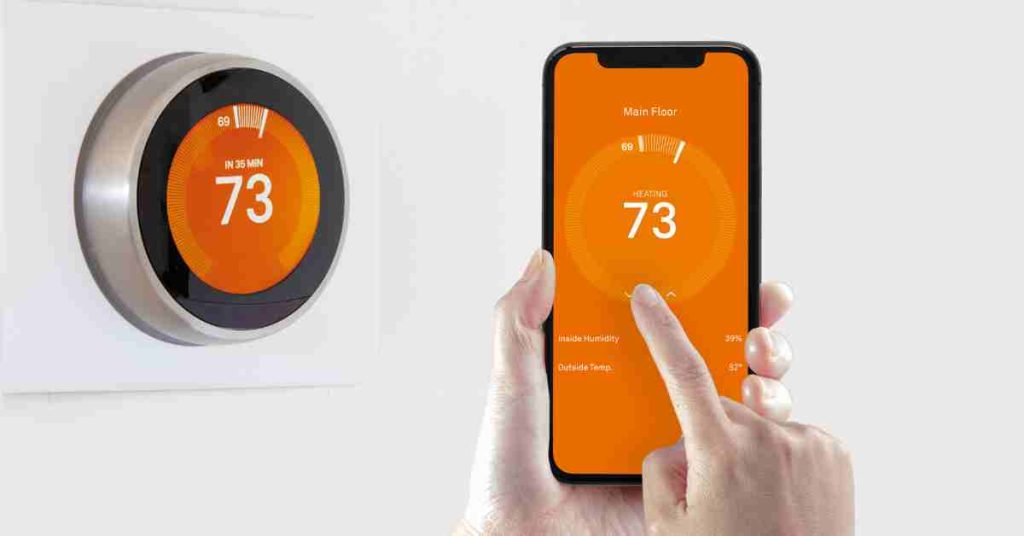
Integrating smart home technology can significantly enhance your home’s convenience, security, and energy efficiency.
- Overview: Smart home devices range from thermostats and security systems to lighting and appliances, all designed to make your life easier.
- Devices: Popular smart devices include smart thermostats (like Nest or Ecobee), security cameras (such as Ring or Arlo), smart lighting systems (Philips Hue), and voice-controlled assistants (Amazon Echo or Google Home).
- Integration: Most smart devices can be controlled through a smartphone app or integrated into a central hub for seamless automation. For example, you can set your thermostat to lower the temperature when you leave the house and turn on lights as you approach your home.
- Benefits: These devices can improve home security, reduce energy consumption, and add a layer of convenience to your daily routine. Imagine controlling your entire home with just a few taps on your phone!
3. Insulation Upgrades
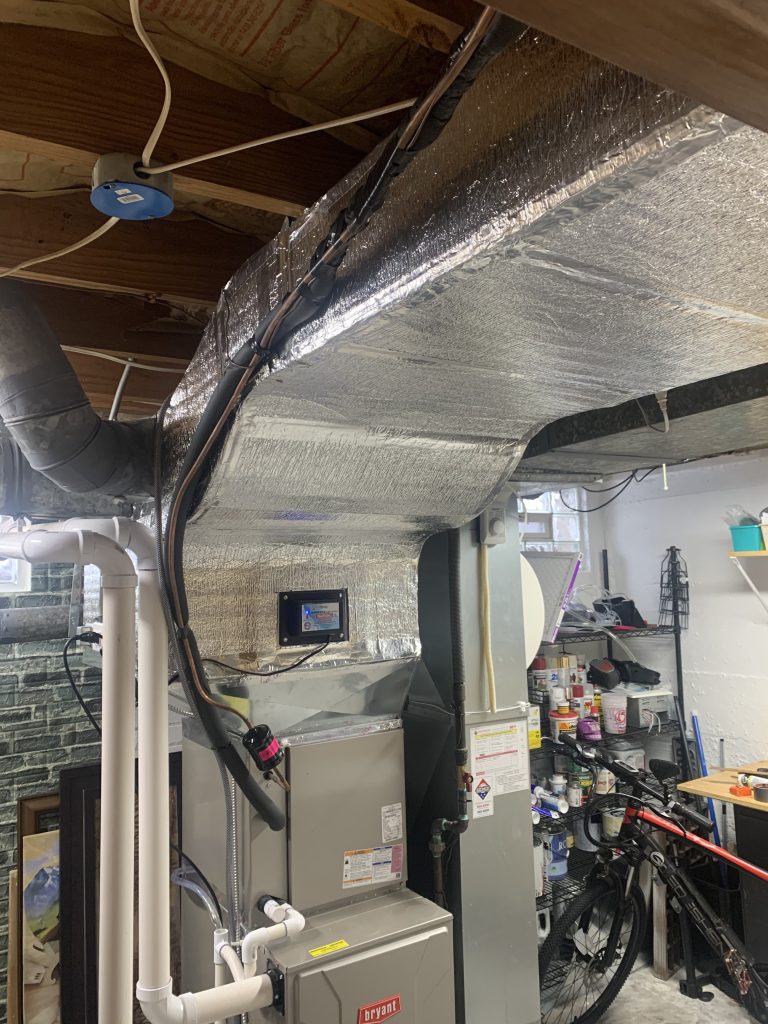
Proper insulation is crucial for maintaining a comfortable indoor environment and reducing energy costs.
- Importance: Good insulation keeps your home warm in the winter and cool in the summer by preventing heat transfer.
- Areas to Insulate: Focus on key areas such as the attic, walls, and floors. Attic insulation is especially important as heat rises, and an uninsulated attic can lead to significant energy loss.
- Materials: There are several types of insulation materials to consider, including fiberglass, cellulose, and spray foam. Each has its own benefits and applications.
- Energy Efficiency: By upgrading your insulation, you can significantly lower your energy bills and create a more consistent indoor climate. Proper insulation also reduces strain on your HVAC system, potentially extending its lifespan.
4. Solar Panels
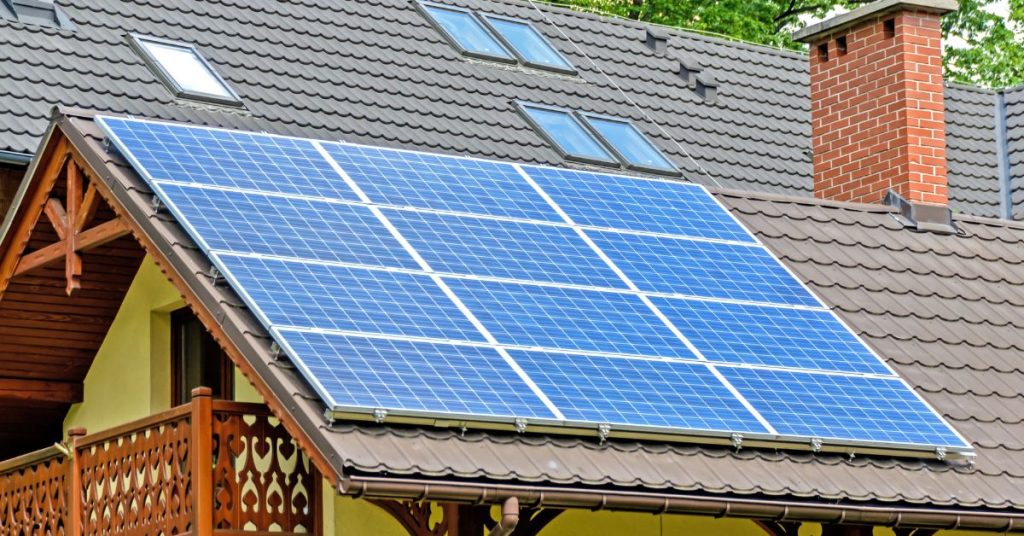
Harnessing solar energy is a sustainable way to power your home and reduce your carbon footprint.
- Overview: Solar panels convert sunlight into electricity, providing a renewable energy source that can power your home.
- Benefits: Solar energy is clean, reducing your reliance on fossil fuels and lowering your electricity bills. In some cases, you can even sell excess power back to the grid.
- Installation: Before installing solar panels, assess your roof’s condition and orientation to ensure it can support the panels and maximize sunlight exposure. Consulting a professional is highly recommended.
- Costs and Incentives: The initial cost of solar panels can be high, but many governments offer incentives, rebates, or tax credits to offset the expense. Over time, the savings on energy bills can make this investment worthwhile.
5. Kitchen Remodel

The kitchen is often considered the heart of the home, and updating it can dramatically improve your living space.
- Importance: A modern, functional kitchen enhances daily life and adds significant value to your home.
- Key Updates: Consider updating cabinets, countertops, appliances, and lighting. Modern, energy-efficient appliances can save you money in the long run. Adding a kitchen island can increase workspace and storage.
- Trends: Current trends include open shelving, quartz countertops, and smart appliances. Sustainable materials and eco-friendly designs are also gaining popularity.
- Return on Investment: A well-executed kitchen remodel can offer one of the highest returns on investment of any home improvement project, making it a smart financial decision.
6. Bathroom Upgrades

Modernizing your bathrooms can enhance both functionality and style, making your home more comfortable and appealing.
- Overview: Bathrooms are high-traffic areas that benefit from regular updates to fixtures and decor.
- Key Updates: Consider replacing old fixtures with modern ones, upgrading the vanity, and installing new showerheads and faucets. Adding a double sink can be a practical improvement.
- Accessibility: If you plan to age in place, consider incorporating accessibility features such as walk-in showers, grab bars, and higher toilets.
- Trends: Popular trends include spa-like features, such as rainfall showerheads, freestanding tubs, and heated floors. Using natural materials like stone and wood can also create a soothing atmosphere.
7. Flooring Replacement

New flooring can significantly impact your home’s aesthetics and functionality.
- Impact: Flooring affects the look and feel of your home, as well as its resale value.
- Options: Hardwood, laminate, tile, and carpet are popular choices. Each material has its own benefits and considerations. For example, hardwood is durable and timeless, while tile is perfect for wet areas like bathrooms and kitchens.
- Considerations: When choosing flooring, consider durability, maintenance, and cost. For high-traffic areas, durable materials like tile or laminate may be preferable. In bedrooms, carpet can add warmth and comfort.
- Trends: Current flooring trends include wide plank hardwood, luxury vinyl tile, and eco-friendly options like bamboo and cork.
8. Fresh Paint

A fresh coat of paint can transform a space, making it look clean, modern, and inviting.
- Impact: Paint is one of the most cost-effective ways to update your home’s interior and exterior.
- Color Trends: Popular colors change over time, so it’s worth researching current trends. Neutral tones like grays, whites, and beiges are always safe choices, while bold colors can make a statement in smaller doses.
- DIY Tips: Preparation is key. Make sure to clean and sand surfaces, use painter’s tape for clean edges, and apply primer if necessary. Investing in quality paint and tools can make a big difference in the final result.
- Psychological Effects: Colors can affect mood and perception. For example, blue is calming and great for bedrooms, while yellow is uplifting and works well in kitchens.
9. Landscaping and Curb Appeal

First impressions matter, and improving your home’s exterior can enhance its curb appeal and overall value.
- Importance: Well-maintained landscaping can make your home more attractive and welcoming.
- Key Updates: Focus on lawn care, planting trees and shrubs, creating flower beds, and installing walkways. Outdoor lighting can highlight your landscaping and improve security.
- DIY vs. Professional: While some landscaping projects can be DIY, others may require professional help. Consider hiring a landscaper for complex projects like retaining walls or irrigation systems.
- Impact on Value: Good landscaping can increase your home’s value and make it more appealing to potential buyers. It’s often said that curb appeal can add up to 20% to your home’s value.
10. Basement Finishing
A finished basement adds valuable living space and can be used for various purposes.
- Benefits: Finishing your basement can provide additional living space, whether it’s for a family room, home office, gym, or guest suite.
- Uses: Common uses for a finished basement include entertainment rooms, home offices, guest bedrooms, and rental units.
- Considerations: Address moisture issues, ensure proper insulation, and install adequate lighting to make the space comfortable and inviting.
- Cost and Value: While finishing a basement can be costly, it significantly increases your home’s usable space and can offer a good return on investment.
11. Attic Conversion
Converting your attic into livable space can add functionality and value to your home.
- Benefits: An attic conversion can provide extra space for a bedroom, office, or playroom without the need for an addition.
- Uses: Popular uses for converted attics include additional bedrooms, home offices, and hobby rooms.
- Considerations: Ensure your attic has adequate insulation, proper ventilation, and sufficient headroom. You may also need to reinforce the floor and add windows for natural light.
- Cost and Value: Although an attic conversion can be expensive, it’s often less costly than building an addition and can significantly increase your home’s value.
12. Exterior Siding

Updating your home’s siding can improve its appearance and protect it from the elements.
- Importance: Siding plays a crucial role in your home’s curb appeal and protection against weather.
- Options: Choose from materials like vinyl, wood, fiber cement, and brick. Each has its own benefits and maintenance requirements.
- Maintenance: Regularly inspect your siding for damage and clean it to prevent mold and mildew. Some materials, like wood, require more maintenance than others.
- Impact on Value: New siding can dramatically improve your home’s appearance and increase its resale value. Fiber cement and vinyl siding offer excellent return on investment.
13. Roof Replacement
A sturdy, well-maintained roof is essential for protecting your home from the elements.
- Importance: A good roof safeguards your home from weather damage and contributes to energy efficiency.
- Materials: Common roofing materials include asphalt shingles, metal roofing, and tile. Each material has different benefits in terms of durability, cost, and appearance.
- Signs of Wear: Look for signs like missing shingles, leaks, and granules in gutters to know when it’s time for a replacement.
- Cost and Longevity: While replacing a roof is a significant investment, it can last for decades with proper care. Asphalt shingles typically last 20-30 years, while metal and tile roofs can last 50 years or more.
14. HVAC System Upgrade
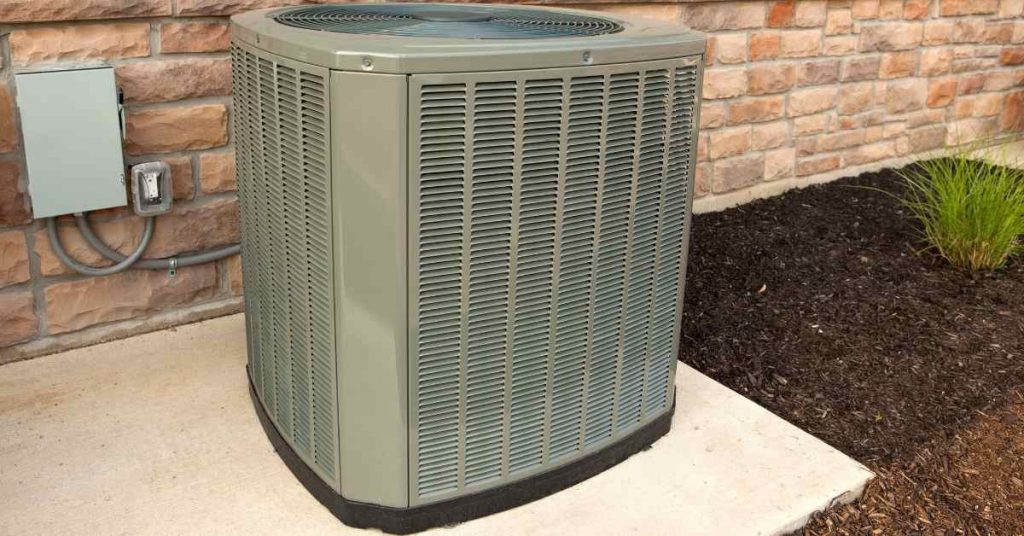
An updated HVAC system can improve your home’s comfort and energy efficiency.
- Importance: A modern HVAC system ensures your home stays comfortable year-round and can reduce energy bills.
- Benefits: New systems are more energy-efficient, improving indoor air quality and providing consistent temperatures.
- Options: Choose from central air systems, ductless mini-splits, or heat pumps depending on your home’s needs.
- Maintenance: Regularly replace filters, clean ducts, and schedule professional inspections to keep your system running efficiently.
15. Plumbing Upgrades

Ensuring your plumbing system is up to date can prevent costly repairs and improve water efficiency.
- Importance: Reliable plumbing is crucial for daily activities and prevents potential water damage.
- Key Updates: Consider replacing old pipes, installing water-efficient fixtures, and upgrading your water heater.
- Efficiency: Modern fixtures like low-flow toilets and faucets can significantly reduce water usage and lower utility bills.
- Signs of Problems: Discolored water, low water pressure, and leaks are signs that your plumbing may need an upgrade.
16. Electrical System Upgrade
Updating your electrical system is essential for safety and to accommodate modern technology.
- Safety: Outdated wiring can be a fire hazard. Modernizing your electrical system ensures it meets current safety standards.
- Key Updates: Replace old wiring, install new outlets, and upgrade your electrical panel to handle increased power demands.
- Smart Upgrades: Adding smart outlets and switches can enhance convenience and energy efficiency.
- Professional Help: Electrical work can be dangerous, so it’s best to hire a licensed electrician for upgrades.
17. Garage Door Replacement
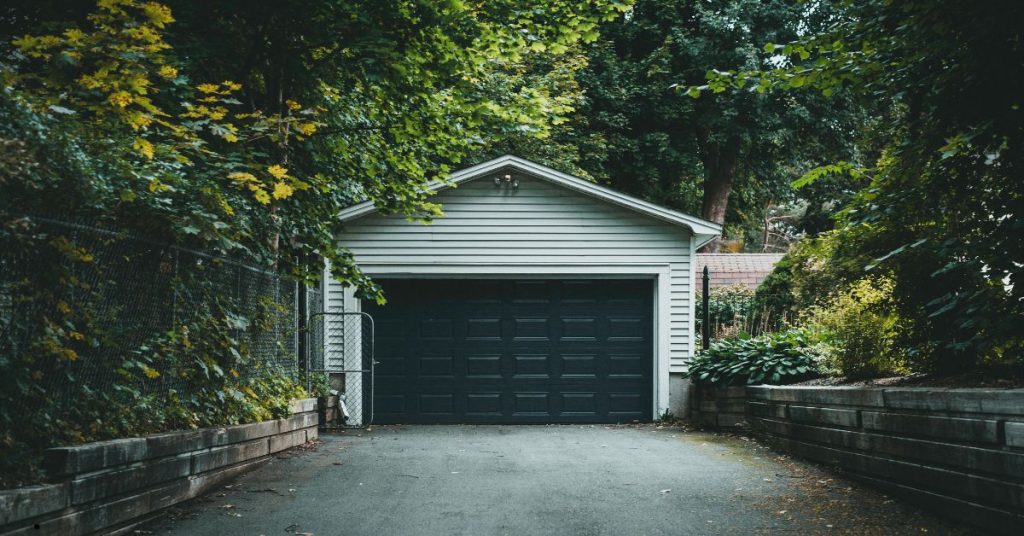
A new garage door can boost your home’s curb appeal and improve security.
- Importance: The garage door is a prominent feature of your home’s exterior and plays a role in security and insulation.
- Options: Choose from materials like steel, wood, and aluminum. Insulated doors can improve energy efficiency.
- Maintenance: Regularly inspect and maintain your garage door to ensure it operates smoothly and safely.
- Cost and Value: A new garage door offers a high return on investment by enhancing curb appeal and functionality.
18. Outdoor Living Spaces

Creating outdoor living areas can expand your usable space and improve your quality of life.
- Benefits: Outdoor living spaces like decks, patios, and kitchens provide additional areas for relaxation and entertainment.
- Key Updates: Consider adding a deck or patio, outdoor kitchen, fire pit, and comfortable seating areas.
- Design Tips: Use durable materials that withstand the elements, incorporate lighting for evening use, and create a seamless flow between indoor and outdoor spaces.
- Value Addition: Well-designed outdoor spaces can increase your home’s value and appeal to potential buyers.
19. Water Filtration Systems
Installing a water filtration system ensures clean, safe water throughout your home.
- Importance: Clean water is essential for health and the longevity of your appliances.
- Options: Choose from whole-house filtration systems, under-sink filters, and faucet-mounted filters.
- Benefits: Filtered water reduces contaminants, improves taste, and can extend the life of your plumbing and appliances.
- Installation Tips: Professional installation ensures your system works correctly and efficiently.
20. Home Security Systems

A comprehensive security system protects your home and provides peace of mind.
- Importance: Home security systems deter burglars and provide early warnings of potential issues like fires and carbon monoxide leaks.
- Options: Consider alarm systems, security cameras, and smart locks. Many systems can be controlled remotely via smartphone apps.
- Integration: Combine your security system with other smart home devices for seamless control and monitoring.
- Peace of Mind: Knowing your home is protected can give you and your family peace of mind, whether you’re at home or away.
Conclusion
Updating your home is an ongoing process that enhances your living experience and adds value to your property. From improving energy efficiency with new windows and insulation to modernizing your kitchen and bathroom, these updates can make your home more comfortable, stylish, and functional. Whether you’re planning major renovations or small improvements, each update contributes to a better home environment. So, start planning your home updates today and enjoy the benefits of a more beautiful, efficient, and valuable home. Remember, investing in your home is not just about immediate gratification—it’s about building a better future for you and your family.
